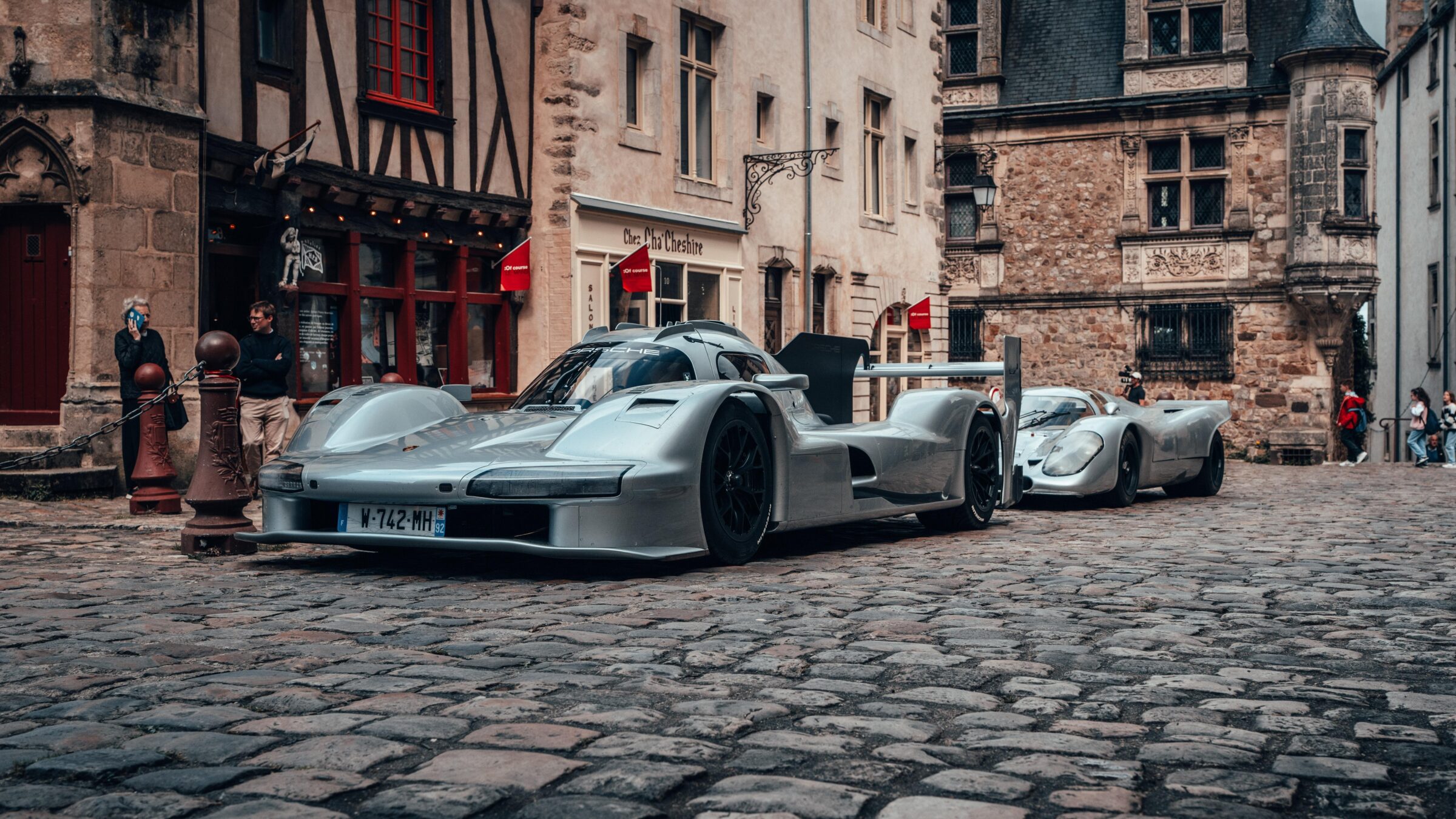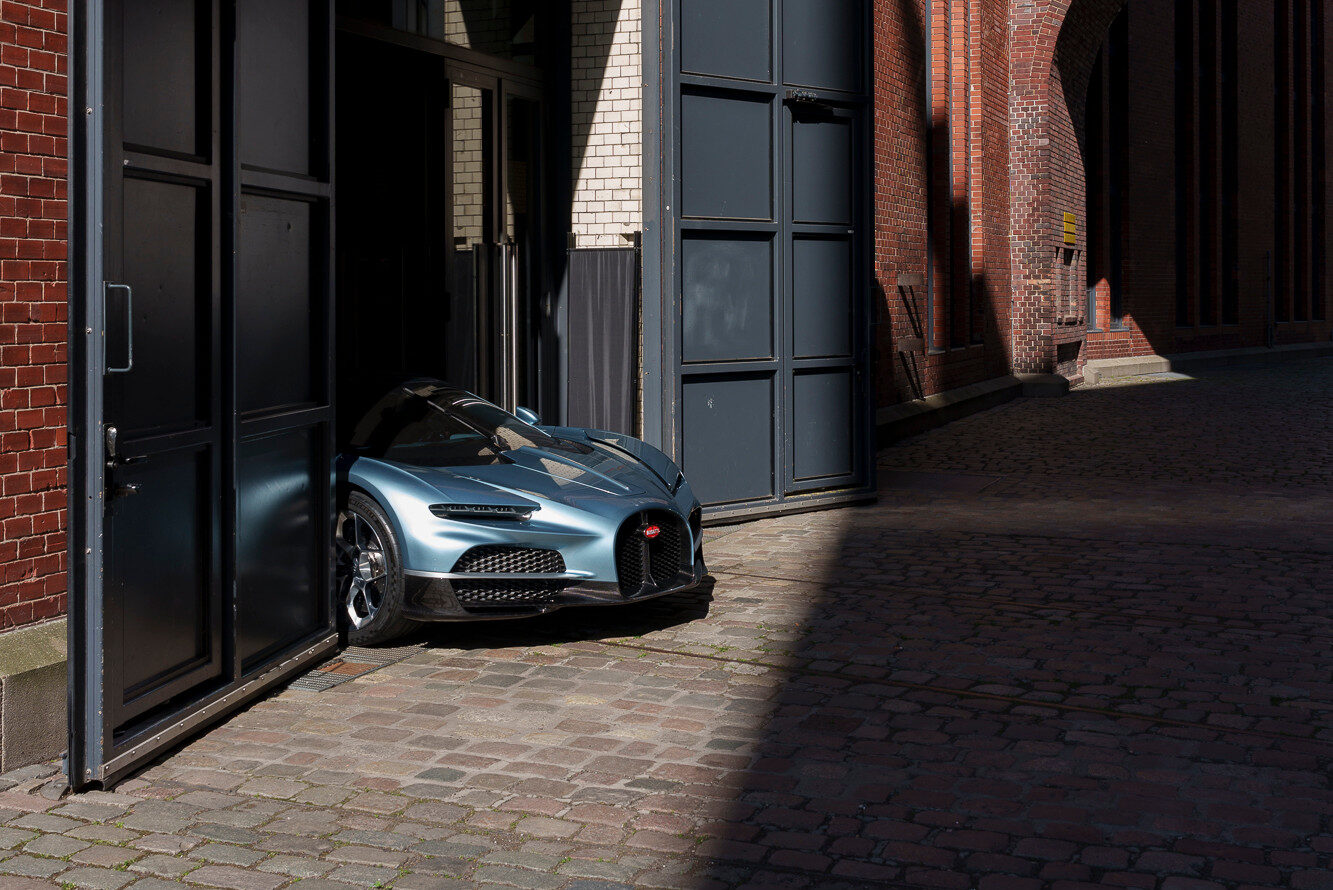Alfa Romeo 33 Stradale
On lists of the most beautiful cars of all time, Italian sports cars gladly take up a large part of the places to be awarded. Of course, names like Ferrari 250 GTO, Lamborghini Miura or Maserati 3500 GT are mentioned. However, relatively often there is also a vehicle mentioned that probably only a few readers have ever seen live: the Alfa Romeo 33 Stradale. Only extremely few examples of this mid-engined sports car were built, as it was strictly speaking a ‘waste product’ in the positive sense of the word. Actually, the in-house motorsport department Autodelta had developed a new mid-engine race car for the 1967 racing season of the World Sports Car Championship. So it was actually about race wins and not about fast driven corners on public roads. It isn’t known when exactly the decision was made to launch a somewhat domesticated version with license plates for private customers as well. However, the 33 Stradale (Italian for ‘street’) turned out to be one of the most expensive new cars of its time with a pricetag of 9,750,000 lira, while a new Lamborghini Miura was at 7,700,000 lira.
Finally, the design was created by Franco Scaglione and the first prototype on a tubular frame basis was finished by Carrozzeria Marazzi. Behind the passenger compartment, three H-shaped tubes, each 20 centimeters in diameter, form not only the backbone of the frame but also the fuel tank. In total, the car weighs only 700 kilograms. This first and a second prototype with a magnesium frame, which was only completed in 1968, are the only two 33 Stradale with twin headlights, which were placed one below the other behind clear glass covers. For the planned series production, Scaglione had to lend a hand and reduce to one light per side, as there are registration regulations for the minimum height of the headlights above the street. In addition, only these two prototypes received the original model series code 150 in their chassis numbers (15033.01 and 15033.12), while the racing cars received numbers in the style 750.33.0xx and the production road cars in the style 750.33.1xx. According to Marazzi’s own information, a total of 18 chassis were built there, which had a wheelbase that was about ten centimeters longer than at the racing versions. Five of these were delivered to external coachbuilders such as Pininfarina, Bertone and Giugiaro (Italdesign), eight surely were fitted with the Stradale body and the remaining five are extremely contradictory discussed, as there are no facts available about their further use. Unfortunately, the allocation of the chassis numbers was by no means sequential and also makes a temporal allocation of cars nearly impossible. It is and was also impossible to use these sports cars in normal everyday life because, as with the racing cars, door locks are missing and the ground clearance is extremely low.


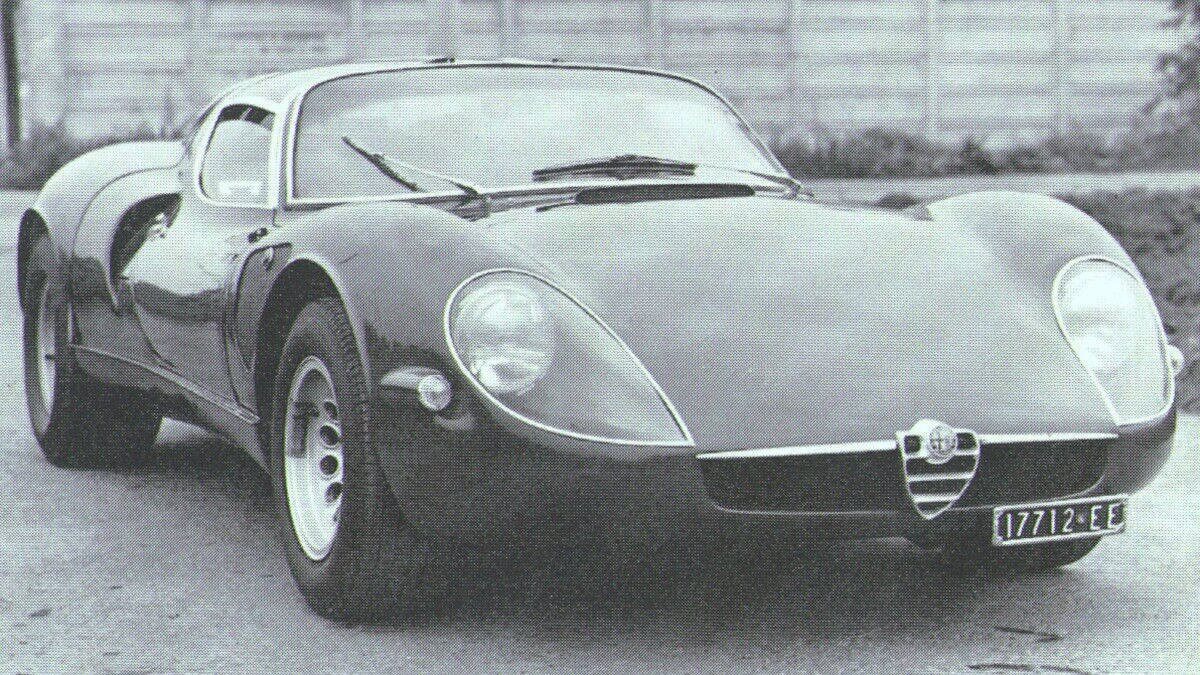











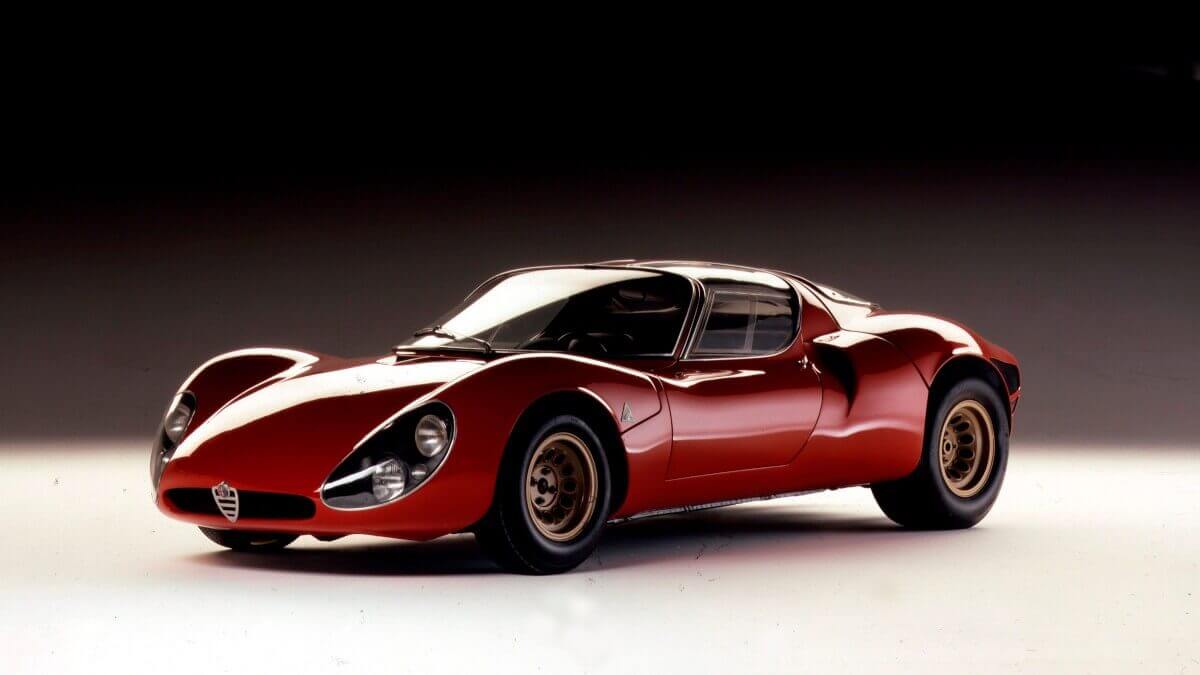







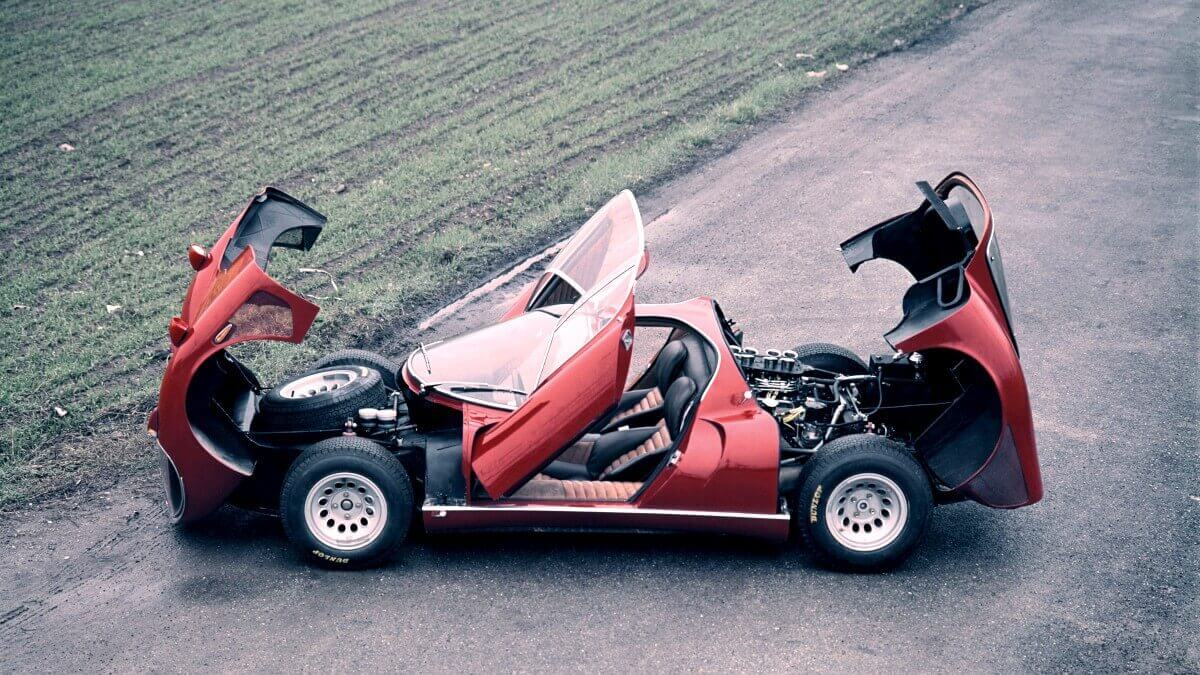

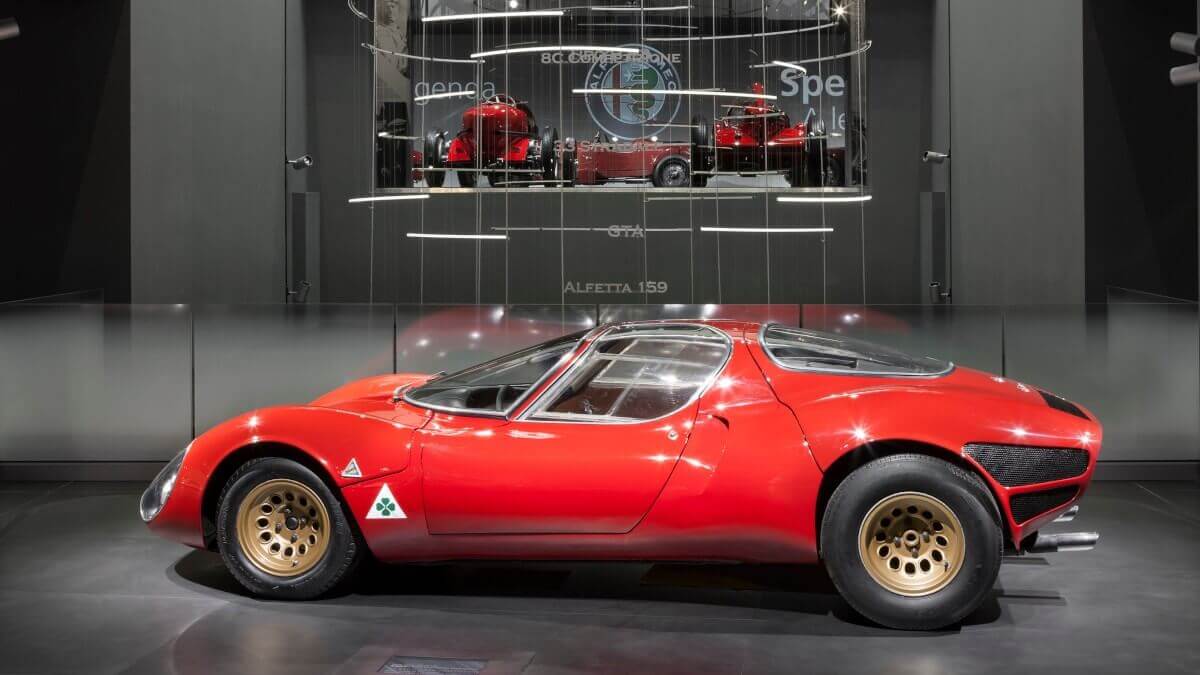







The world premiere of the Alfa Romeo 33 Stradale took place at the Sports Car Show in Monza in September 1967. Afterwards the Italian brand also showed their new supercar at the Paris Motor Show. For the first time in car history, a production car was fitted with dihedral-opening butterfly doors, which were hinged at the top and bottom of the A-pillar and allowed plenty of light into the cockpit through a glass top. Since all the cars were built by hand one by one and accordingly no mechanical press line was built for the aluminium body parts, all the vehicles differ from each other in more or less great details. While early cars only had cut-outs with black grilles behind the rear wheels to ventilate the wheel arches, these were later also added behind the front wheels. Some cars got some subtle chrom trim, others didn’t. Also the position of the windshield wiper changed several times, some cars even got two instead of only one. Campagnolo magnesium wheels, eight inches wide at the front and nine inches wide at the back, 13 inches in diameter, were standard on all cars, differing only in their bronze or silver paint finish. They are covering the Girling disc brakes and are attached to the racing cars’ suspensions with double triangular wishbones all round.
The V8 engine developed by Carlo Chiti directly behind the two passengers remained in its basic features until the Montreal. The rev limit for the racing cars was at 10,000 rpm. In the 33 Stradale it delivers 169 kW/230 hp and 206 newtonmeters of torque from two liters of displacement, which were transferred to the rear wheels via a six-speed gearbox developed by Valerio Colotti. This meant that the car was able to go from a standstill to 60 mph in less than six seconds and on to a topspeed of 160 mph. Since the engines were also handmade, there are slight variations in the official performance figures, which means that some vehicles have up to 189 kW/254 hp in the papers. In the case of the racing cars, three liter V12 engines provided more than 520 hp in the last versions and helped Alfa Romeo to win several Sports Car World Championship titles. At first those cars were prepared and raced by Autodelta, later by the Willi Kauhsen Racing Team from Germany.
As already described above, there were sensational one-offs from Pininfarina, Bertone and Giugiaro based on five chassis of the 33 Stradale. Pininfarina created a total of three vehicles based on only two chassis. The P33 Roadster with chassis number 750.33.108, which was presented in Turin in 1968, became the Cuneo later, which was presented at the 1971 Brussels Motor Show. In addition, there is the 33/2 Coupé Speciale with chassis number 750.33.115, first shown at the 1969 Paris Motor Show. Giugiaro created the Iguana for the 1969 Turin Motor Show, while Bertone built the first and the last one-off car on 33 basis. The young Marcello Gandini’s Carabo was presented to a stunned public at the Paris Motor Show in 1968 and the Navajo was a particularly angular monument to the 33 Stradale at the Geneva Motor Show in 1976. All five concept cars still exist today and belong to Alfa Romeo’s vehicle collection, which also houses the second built prototype with magnesium chassis.
Images: Alfa Romeo


